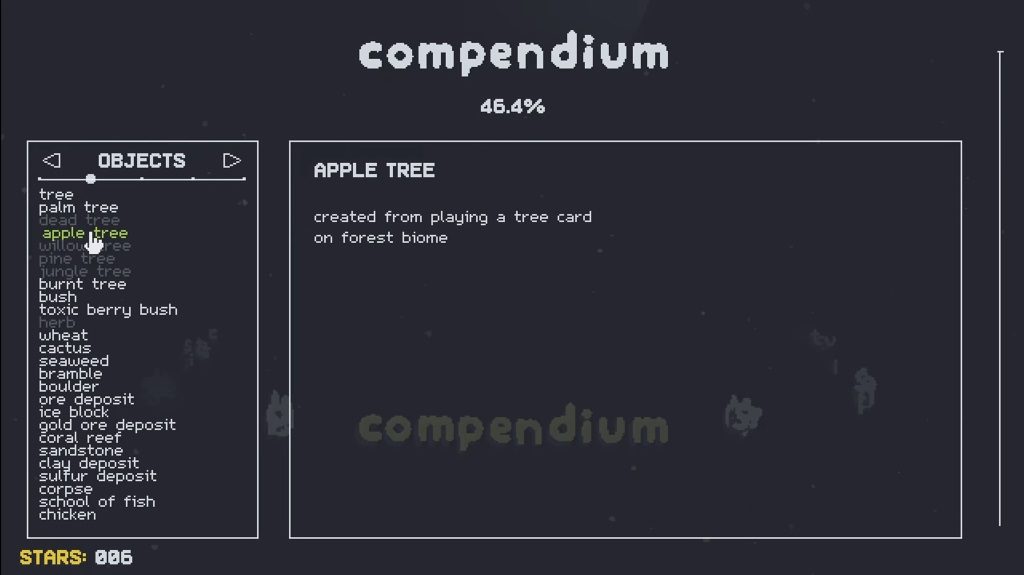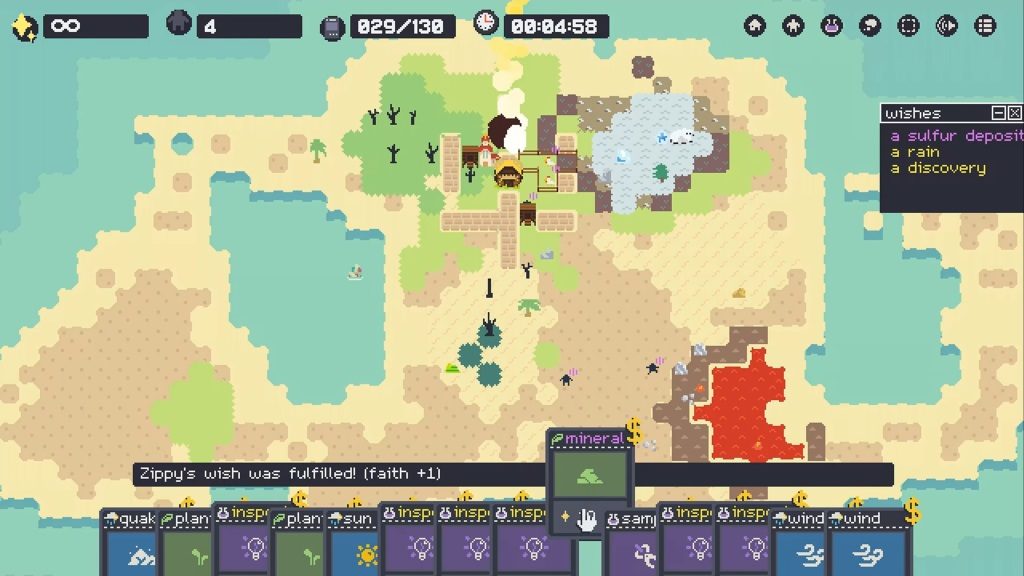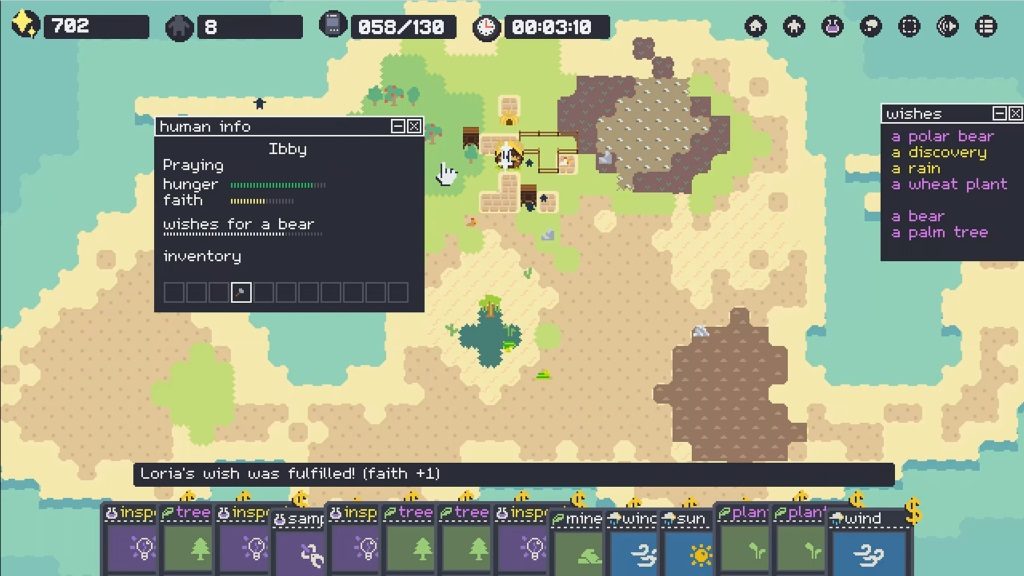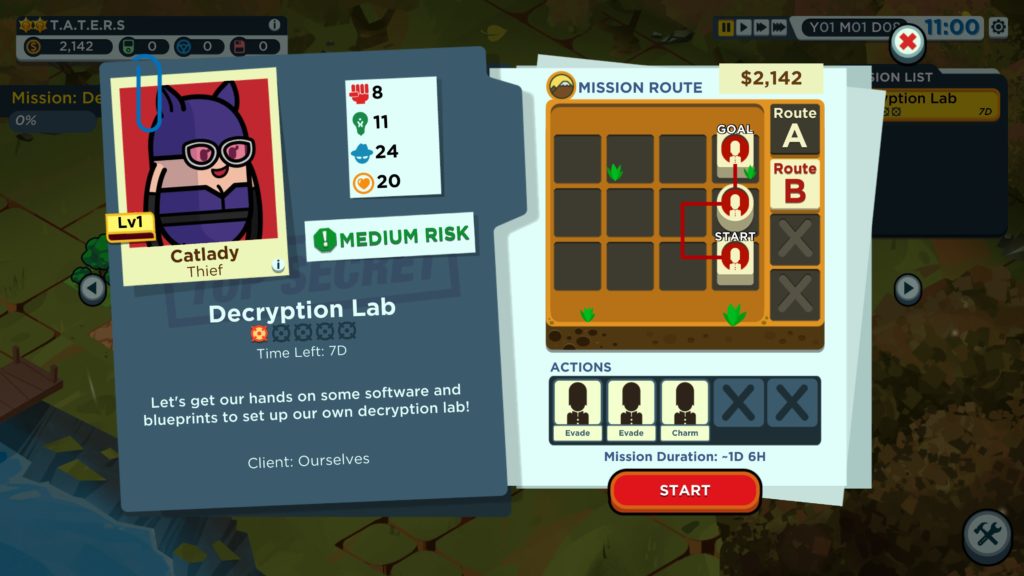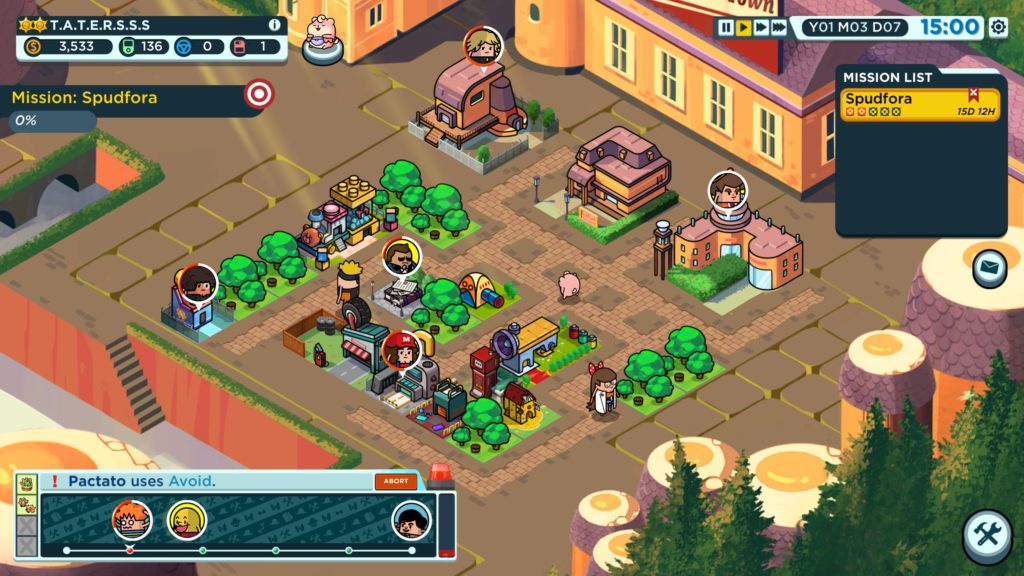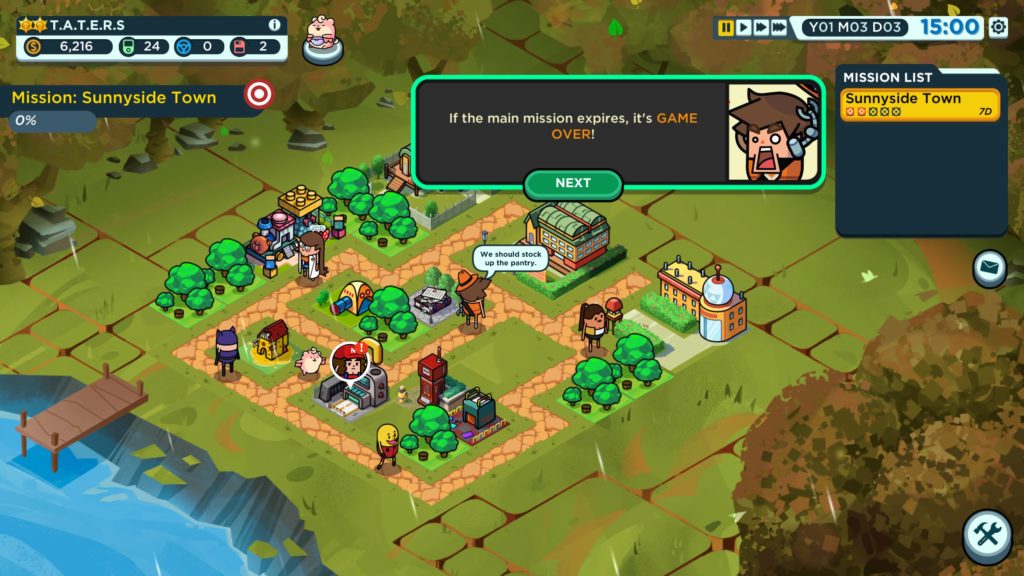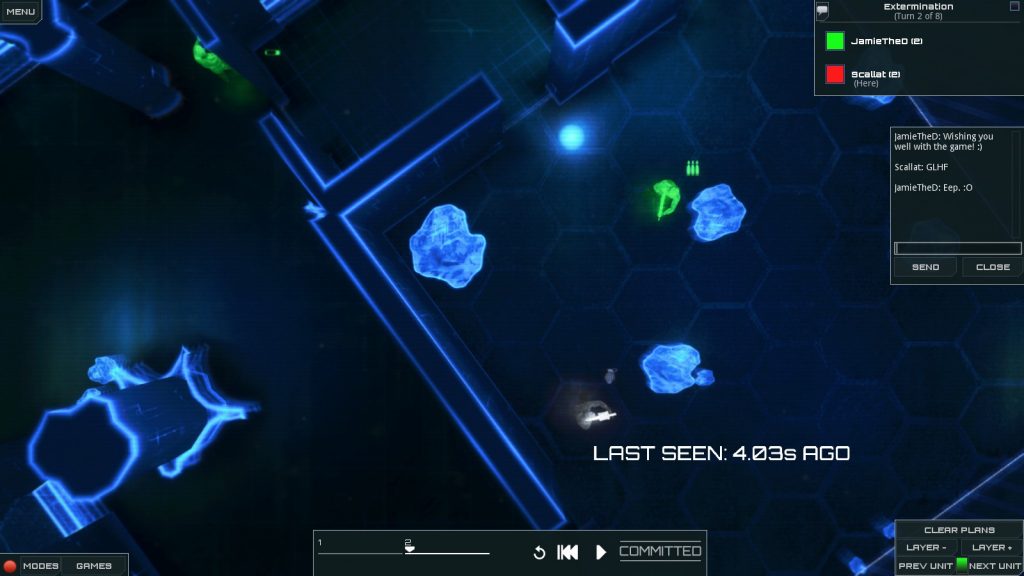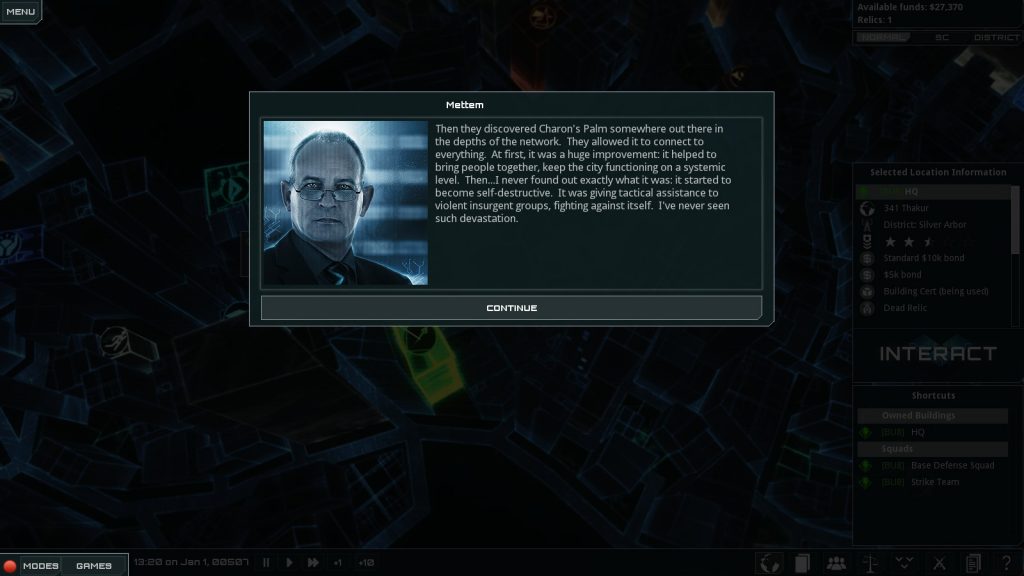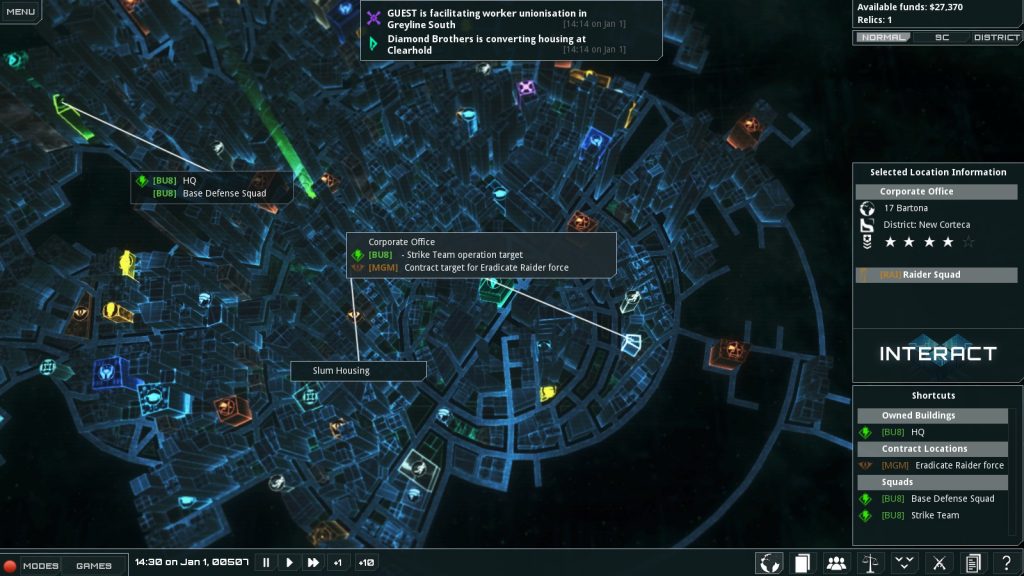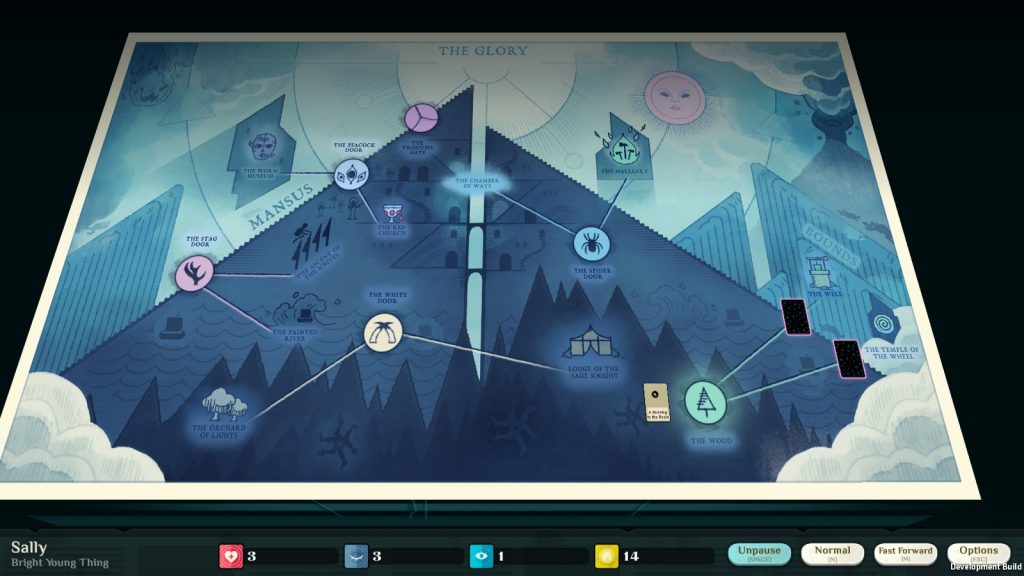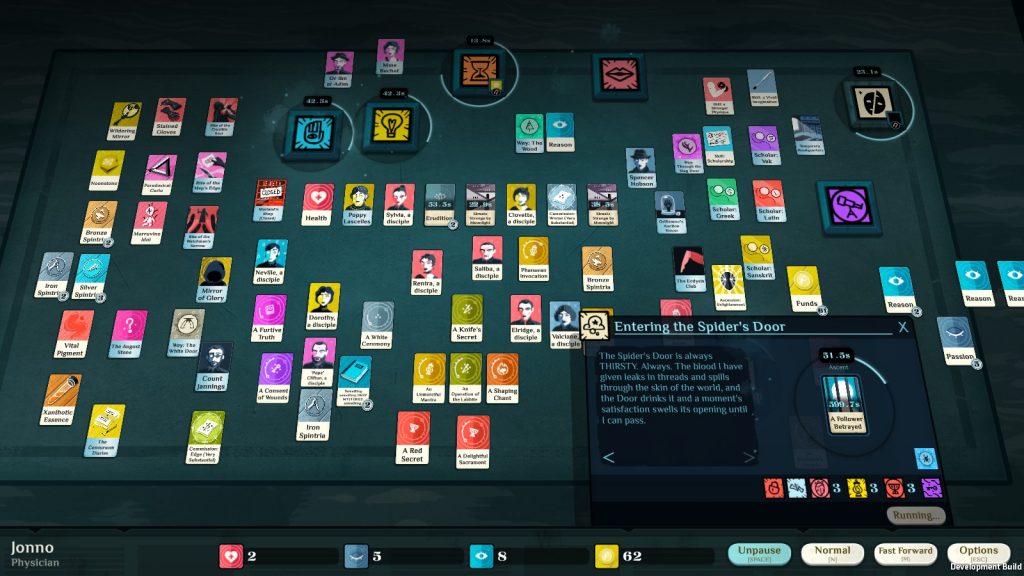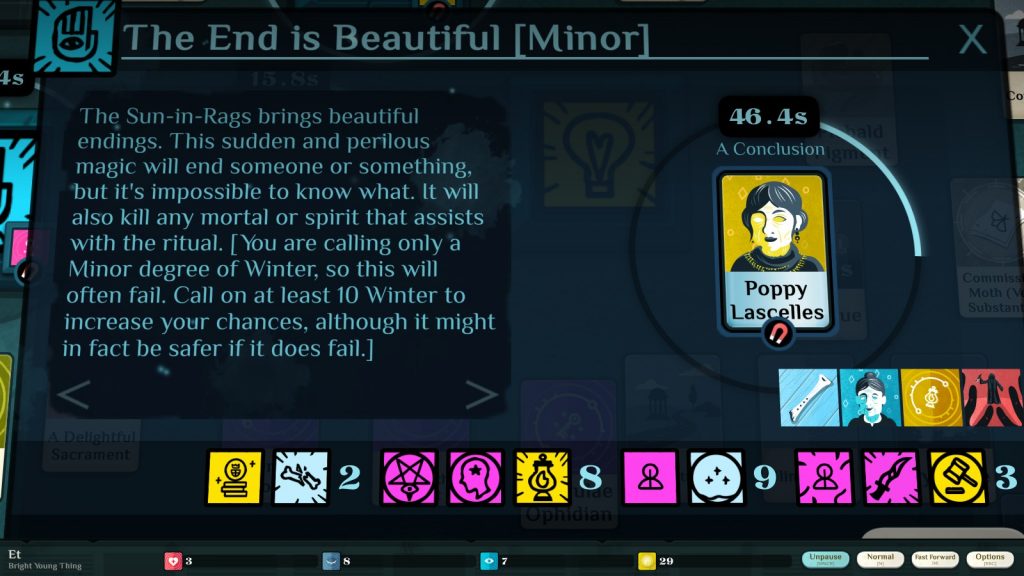Hellsign (Early Access Review)
Source: Supporter Gift
Price: £11.39
Where To Get It: Steam
Hellsign is an interesting concept, and one that hasn’t been done in quite this way very often: A paranormal investigator, using kit a paranormal investigator would, in a world where the supernatural threats are real, are dangerous, and are rising.
It is, then, perhaps a shame that the most common sentiment I hear when I’m having trouble in the game, right from the word go, is “Dip your toes into missions you can’t do yet, to get money to get better equipment.”
There is a phrase for that. Well, there’s a couple. Sometimes, it’s called Power-Levelling. When it’s throughout a game, however, it’s generally known as “Balance Problems.”
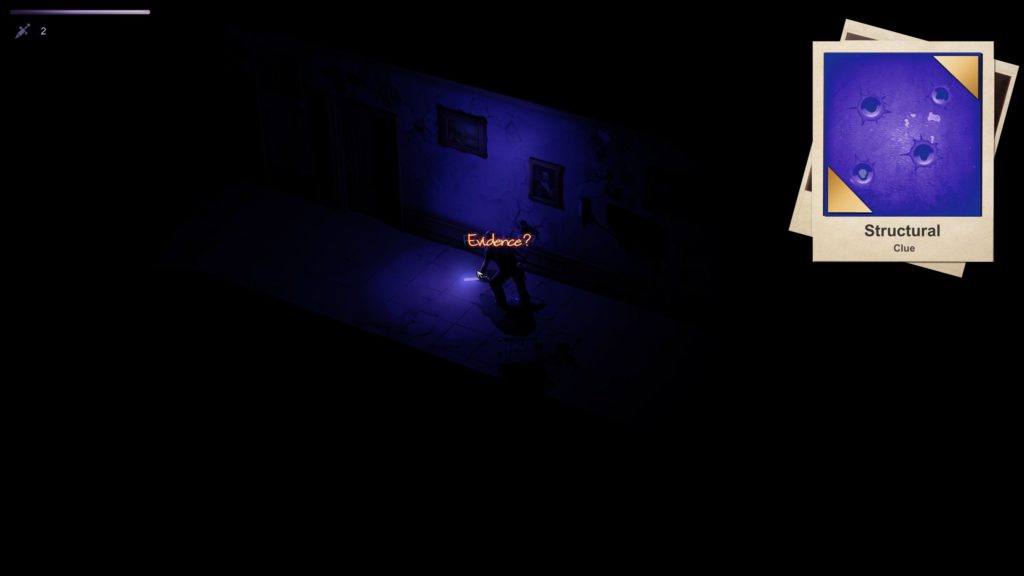
Hellsign is, at the present time, a game where only a few of the builds on offer are truly viable without skilled play, even from the beginning. Pistols are openly a last resort, submachine guns require good handling to be useful, and the shotguns… Well, they’re videogame shotguns, alright. High damage, effective range of…A few feet. And currently, the best combat option I’ve seen in the game.
Dark Souls style Dodge Roll? Check. Shit Flashlight, upgraded to Marginally Less Shit Flashlight? Check. Fast, erratic ground based enemies that require specifically targeting the ground to fight as your earliest encounter? Check check checkedy check.
And this is a bit of a shame, as the investigation aspect is nice. Some tools are proximity based (EM Detector and EVP Recorder), some are more for seeing things that would normally be less obvious (UV Lamp, Thermal Imager), and all work in a predictable, solid manner that’s occasionally interfered with (Brief false positives or briefly not working, for example) that adds a tiny bit of challenge while adding to the mood, and fitting the narrative. There are even signs in some cases that the clue is there (Frosted breath for thermal, or quickly turning on the UV lamp to see if the blood spatter has a trail, for example.) It should be noted that some clues are outside the haunted houses you visit, so a perimeter check is advised. Very inconsiderate of those supernatural beasties bound to a location, counting the grounds!
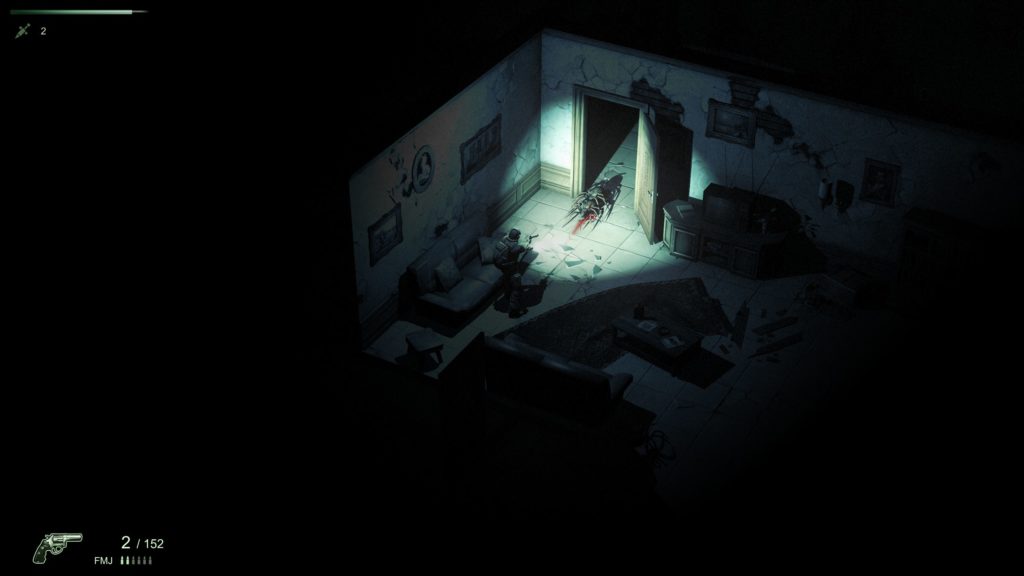
From the word go, however, combat, and, more specifically, ambushes,are a common feature… And this is where it starts to fall apart a bit. As noted, the earliest enemies are fast, ground based, erratic, and… Oh, before I forget, arachnophobes can nope out right now,because yes, the most common early game enemy are cat-sized spiders in small groups, along with gigantic centipedes. Said beasties have an easily recognisable pattern (Attack, retreat, attack), but their speed, ability to glide under doors (despite their size), and the small combat reticule that, for ground based enemies, requires aiming mode, makes these encounters pretty deadly until you can afford some better armour and guns. It doesn’t help that these ambushes are generally from entering a room, and can spawn in even tiny rooms.
Enemy weaknesses exist, and entries on these can be purchased, but,in essence, most encounters follow this “Ambush, attack, retreat, repeat” pattern, taking advantage of poor light to up the encounter difficulty. Add in that larger creatures become bullet spongey, and that some are essentially immune to normal damage, and a lot of the difficulty comes down to “We don’t know what a thing does when we first meet it, and we have a crap light.” Narratively fitting, in a sense, but only the first few encounters are tense, after which…Well, it’s monster closets. Add in that dodging resets reloading (And anything with serious power behind it is slow to reload), and…Combat is a common aspect of the game, but also the weakest and most frustrating.
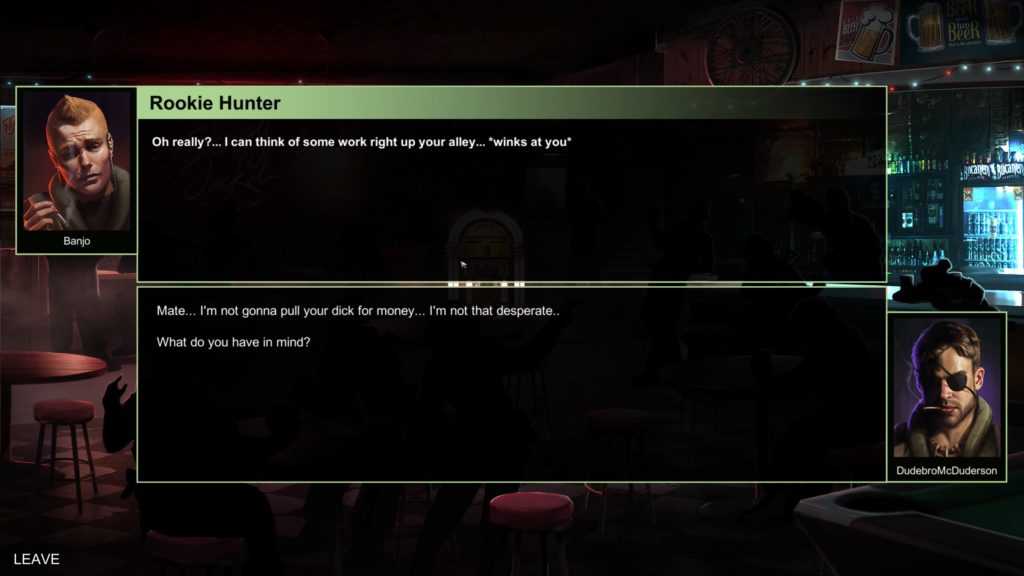
Finally, we have… EDGY CHARACTER WRITING. Dialogue choices that make the main character seem like a homophobic prude. The main tutorial teacher liberally throwing the C-word around, bragging about having sex with twins, and generally being a loud shitheel. And, even in the intro, it turns out Hell wants to make you its bitch.
Hellsign is an interesting concept. But it has a long way to go before it becomes a workable interesting concept.
The Mad Welshman idly wonders why horror gets so obsessed with EDGE.


